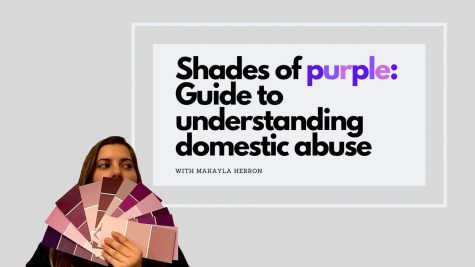In Defense of Self-Defense

Marilyn Kirby shows young girls self-defense tactics on a dummy target in Plano, Texas on Mar. 26, 2011.
Violent crimes make up a large portion of the overall crimes committed at schools, which may include anything from physical attacks without a weapon to sexual assault and robbery. During stressful times such as high school, students should not have to worry about being helpless if they are put in these situations. To relieve this pressure and provide students more protection from these attacks, schools should integrate self-defense curriculum into the physical education program or make self-defense a separate class.
Self-defense classes can provide young women a better chance of protecting themselves against sexual assault and harassment. Of girls under the age of 18 that have experienced sexual abuse, 66 percent are between the ages of 12-17, the primary age they enter junior and senior high school. These girls are, on average, physically weaker than boys their age and thus, are more susceptible to becoming a victim. Research shows that girls with some knowledge of self-defense are less likely to be victims of various sexual assault and harassment crimes. The report indicates these results come not only from the physical teachings of the class, but also the attitude the class instills in the girls.
The effects of learning self-defense can extend beyond the basic knowledge of how to throw a punch. A University of Washington study found in addition to women being better able to defend themselves, their personality and self-esteem improved. With many high school students suffering mental health challenges that aren’t adequately addressed, a self-defense class can not only alleviate the problem of not knowing how to defend oneself, it can also help in improving students mental health. These improvements can translate into better grades and healthier social interactions, all of which improve the general school environment.
Local self-defense classes costs around $40-$60 a month, a sum that can quickly add up if the class is taken for an extended period of time. Not all parents can afford to send their children to such costly classes. But with self-defense incorporated into a taxpayer-funded public school class, those families could be exposed to resources they otherwise would be cost-prohibited from utilizing. Keeping self-defense away from some students because they cannot afford it goes against the philosophy of people wanting others to take control of their own lives. It is a fundamental right for individuals to protect themselves from harm and should not be kept above certain people’s heads by a price tag.
Taxpayers particularly worried about their money being used ineffectively might suggest the cost to teach P.E. teachers self-defense and have them be certified is too great for what the course could teach. But with 28 out of 1000 students being involved in instances of violence or assault in their high school years statistically would nearly guarantee that a substantial portion of the class would be able to use the lessons they learned in a real-world scenario. To balance out the budget, the school could eliminate a class that is not largely attended and that students feel is not as useful as self-defense teaching would be. Self-defense can provide students with both physical and mental benefits, and should be implemented as part of the physical education class.
Note: The statistic from RAINN was corrected to reflect an accurate percentage.










